Alfalfa hay|Buy Alfalfa hay online
Alfalfa is a flowering plant in the pea family cultivated as an important forage crop. In the UK it is known as lucerne and lucerne grass in South Asia. Alfalfa is widely grown throughout the world as forage for cattle. Alfalfa is one of the most important legumes used in agriculture. The US is the largest Alfalfa producer in the world, but considerable area is found in Argentina (primarily grazed), Australia, South Africa, and the Middle East. The leading Alfalfa growing states within the U.S.A. are California, South Dakota and Wisconsin. The upper Midwestern states account for about 50% of US production, the Northeastern states 10%, the Western states 40% and the Southeastern states almost none. Its primary use is as feed for dairy cattle because of its high protein, and secondarily for beef cattle, horses, sheep, and goats. Humans also eat Alfalfa in many forms and Alfalfa has been used as an herbal medicine for over 1,500 years. Alfalfa is high in protein, calcium, plus other minerals and vitamins A, B, C, D, E and K
How to Recognize Alfalfa Hay
Alfalfa resembles a clover with clusters of green leaves and small purple flowers. The plant grows to a height of up to 3 ft, and has a deep root system sometimes stretching to 15 ft. Alfalfa is dark green in color dried and in the bale. Depending on the cutting cycle there are three stem sizes, fine, medium and heavy. The leaf is attached to the stem like a clover and it is the about the size of a dime. Alfalfa is dark green on the inside of the bale if it is bleached by the sun on the out side. Alfalfa should be dry and cool to the touch, leafy, tender, clean and soft and have a pleasant aroma. Horse quality Alfalfa is weed free, with an good stem to leaf ratio. The stem size should be a combination of medium and fine stem. The leaf should be visible and attached to the stem. The hay should never shatter; the leaf should stay on the stem when handling. When you open a bale it should flake easy. The flake and the bale should hold its integrity.
Harvesting and Cuttings
Alfalfa is usually cut and baled. Ideally, the hay is cut just as the field is beginning to flower. A swather cuts the Alfalfa and arranges it in windrows. In areas where the Alfalfa does not immediately dry out on its own, a machine known as a mower-conditioner is used to cut the hay. In other areas it is cut and it is naturally sun dried. After the Alfalfa hay has dried, a tractor pulling a baler collects the hay into bales. In most climates, alfalfa is cut three to four times a year but is harvested up to 12 times per year in Arizona and Southern California. Total yields are typically around 8 tons per acre but yields have been recorded up to 16 short tons per acre. Yields vary with region, weather, and the crop’s stage of maturity when cut. Later cuttings improve yield but reduce nutritional content.
Bale Sizes
Hay Estate offers you various sizes depending on your needs. We do a soft compressed weighing 60 pounds in first and second cutting, and three tie bales from Oregon and Washington that weight 100-135 pounds.
Nutritional Facts
Alfalfa Hay is most nutritious when it is cut early on, before the seed heads are fully mature and before the stems of the plants become tough and thick. Hay that is very green can be a good indicator of the amount of nutrients in the hay; however, color is not the sole indicator of quality – smell and texture are also important. Hay can be analyzed by many laboratories and that is the most reliable way to tell the nutritional values it contains. Good average protein on horse quality Alfalfa hay is 17 to 19%. You can not tell the nutritional levels by looking at the hay. A laboratory test is required for accurate results on protein, ADF and TDN. Leafiness is an excellent indicator of hay quality because 60% of the TDN, 70% protein, 90%of the vitamins are found in alfalfa leaves. A high percentage of leaves indicate good harvest and handling. Calcium and phosphorus are needed in a specific ratio of between 1:1 and 2:1. Adult horses can tolerate up to a 5:1 ratio, foals no more than 3:1. A total ration with a higher ratio of phosphorus than calcium is to be avoided. Protein is a critical building block for muscles and other tissues. Protein is used in all parts of the body, especially muscle, blood, hormones, hooves and hair cells. Legumes and Alfalfa are usually higher in protein, calcium, and energy than grass hays. Alfalfa hay is a good source of protein that can be easily added to the diet. Most adult horses only require 8 to 10% protein in their diet; however, higher protein is important for lactating mares and young growing horses and athletes
About Feeding Forage
Horses always require forage. When possible, nutritionists recommend it be available at all times. It is safe to feed a ration that is 100% forage. Alfalfa hay has more concentrated nutrition and so is fed in smaller amounts than grass hay. Horses need quality forage, water and salt and minerals. Grain or other concentrates are often not necessary depending on the work load. Horses evolved to be continuously on the move while grazing, covering up to 50 miles per day in the wild and their stomach digests food quite rapidly. Thus, they extract more nutrition out of smaller quantities of feed. However, when horses are fed low-quality hay, they may develop an unhealthy, obese “hay belly” due to over-consumption of “empty” calories. If their type of feed is changed dramatically, or if they are fed moldy hay or hay containing toxic plants, they can become ill; colic is the leading cause of death in horses.
Recommended For
Alfalfa is recommended for horses that have a balanced exercise program; it is an excellent source of energy. Alfalfa hay is recommended for athletes and show horses of all types. Alfalfa hay is excellent for older horses with weight problems and is a necessity for lactating mares and brood mares. Alfalfa hay is an excellent additive to combat impaction caused by coastal hays.
NOT Recommended For
We do not recommend Alfalfa hay for horses that have kidney problems, are foundered, obese, or have sensitivity to high protein or calcium diets. Donkeys, like mules, need less protein and more fiber than horses. They also require salt and mineral supplements, and access to clean, fresh water. Like ponies and mules, in a lush climate, donkeys are prone to obesity and are at risk of laminitis.
The Advantages of Alfalfa hay
- Recommended by Veterinarians
- Creates a shiny coat
- Good for the blood and hoofs
- The perfect hay for the equine athlete
- Can be fed as a complete diet
- Very digestible
- Alfalfa hay is an excellent source of energy
- Alfalfa hay is an excellent hay for the cold weather
- An excellent additive to combat impaction caused by coastal hays
- Helps mares lactate
- Excellent for under weight Animals
- Excellent for post colic surgery
- Excellent for horses that are picky eaters
- Important for proper bone growth
Feeding Recommendations
When changing any horse’s diet we recommend consulting your veterinarian. Generally speaking, give 2.5% forage / feed per 100# of body total body weight per day. All horses have different needs, So, a 1,000 pound horse would have 25 pounds of hay. This varies greatly, depending on the amount of work the horse is asked to do, and on the type of hay that is fed. It is best to allow horses to eat free-choice hay throughout the day to promote the health of their digestive systems.
Horses Need Minerals
Free feed loose minerals as their body require.
Hay or grass is the foundation of the diet for all grazing animals. Hay is usually fed to an animal in place of allowing the animal to graze on grasses in a pasture, particularly in the winter or during times when drought or other conditions make pasture unavailable.
If space is a problem, you can depend on Hay Estate.
We stock premium horse quality hay, in Weatherford Texas year round. There are no minimums and we load your truck! Hay sold by the bale. No need to hunt hay ever again
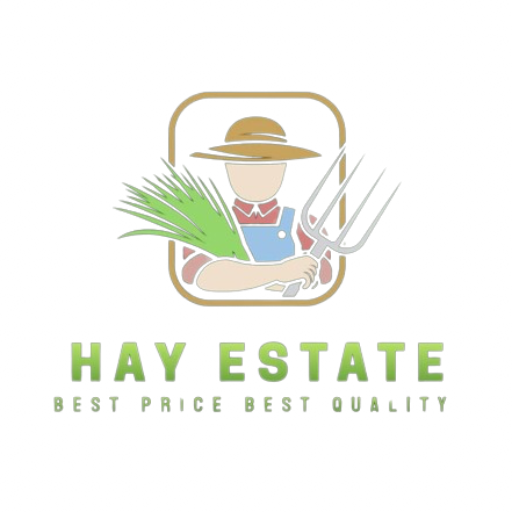
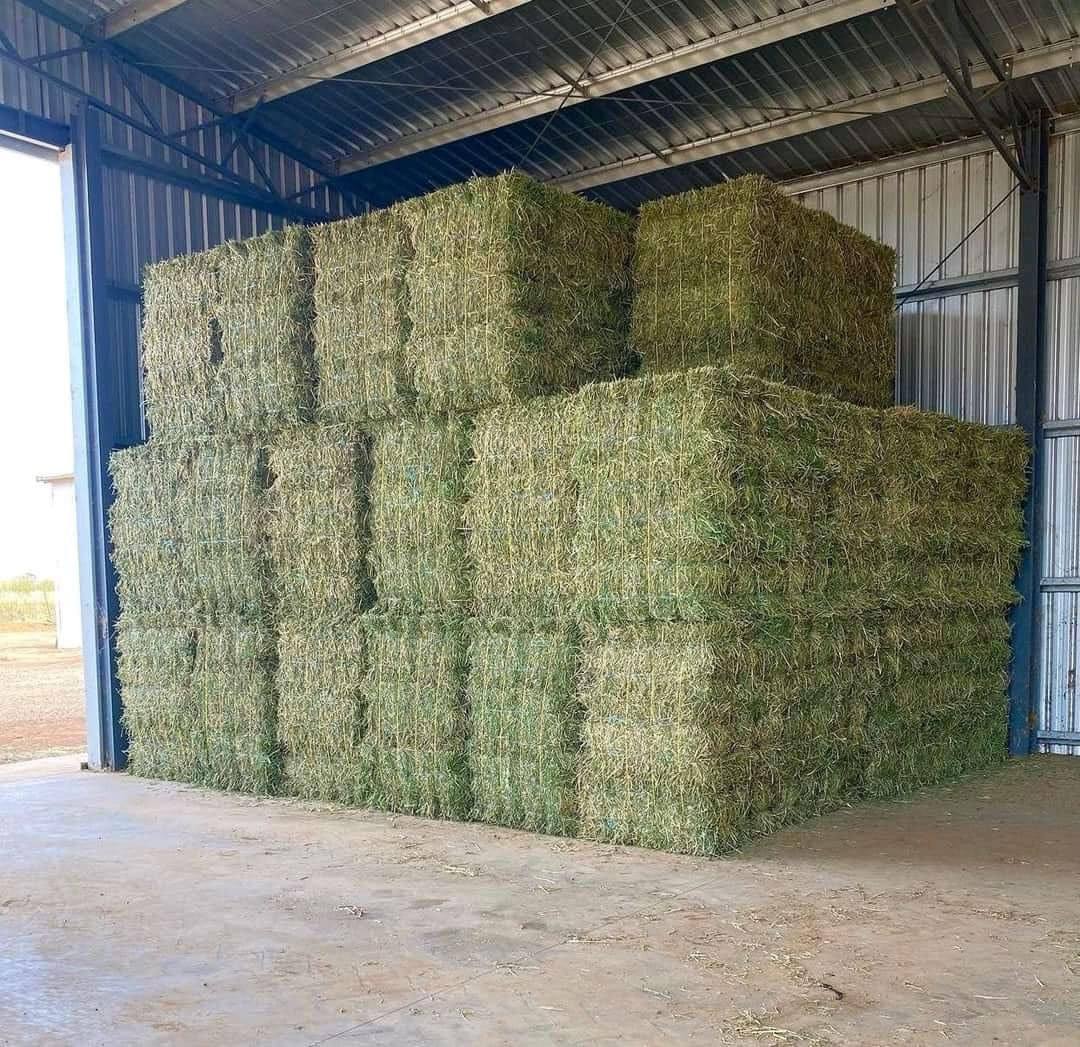
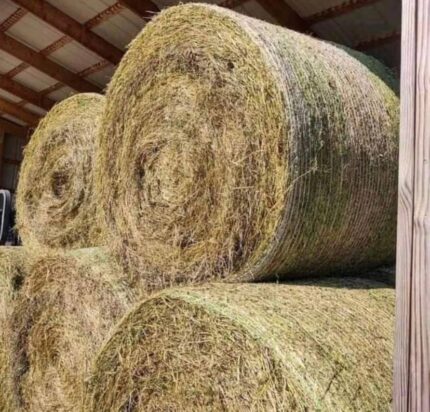
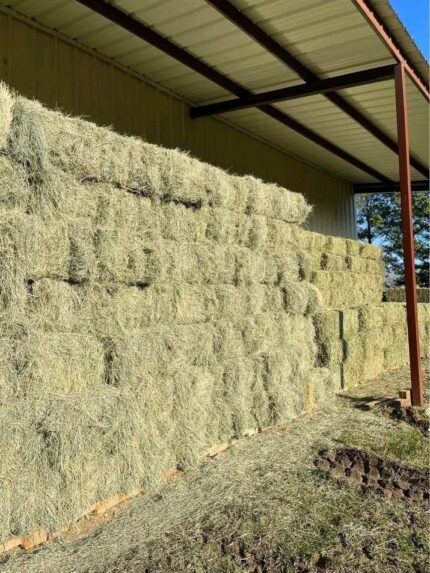


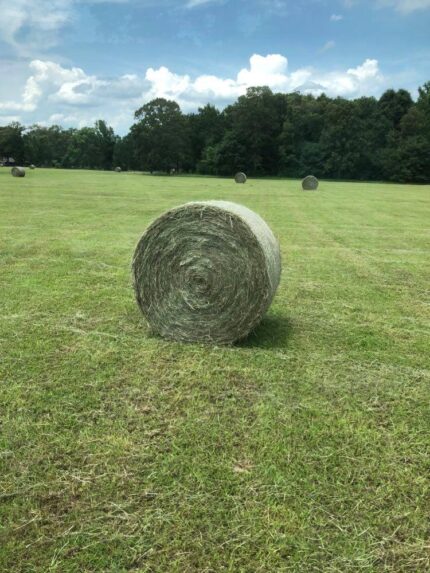
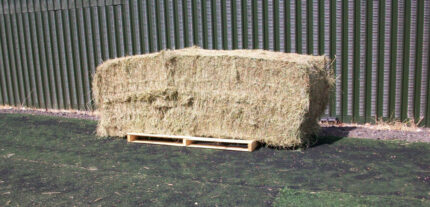
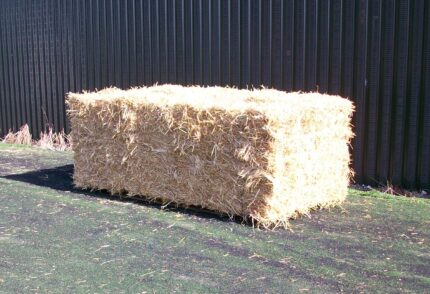
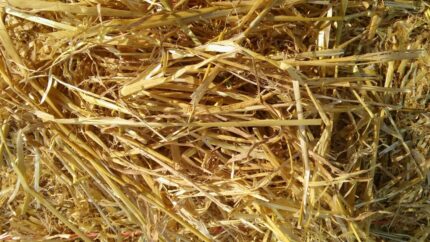
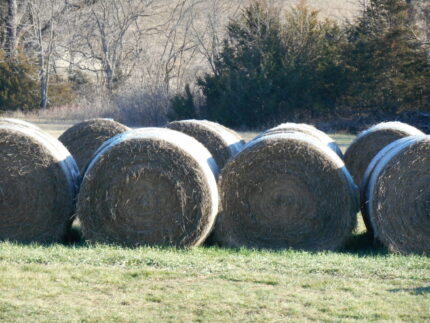
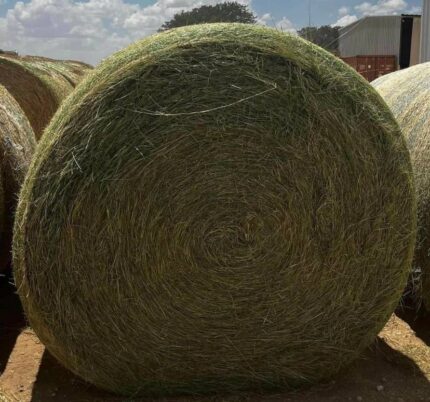
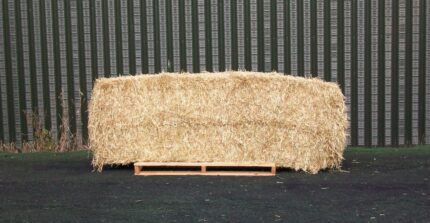
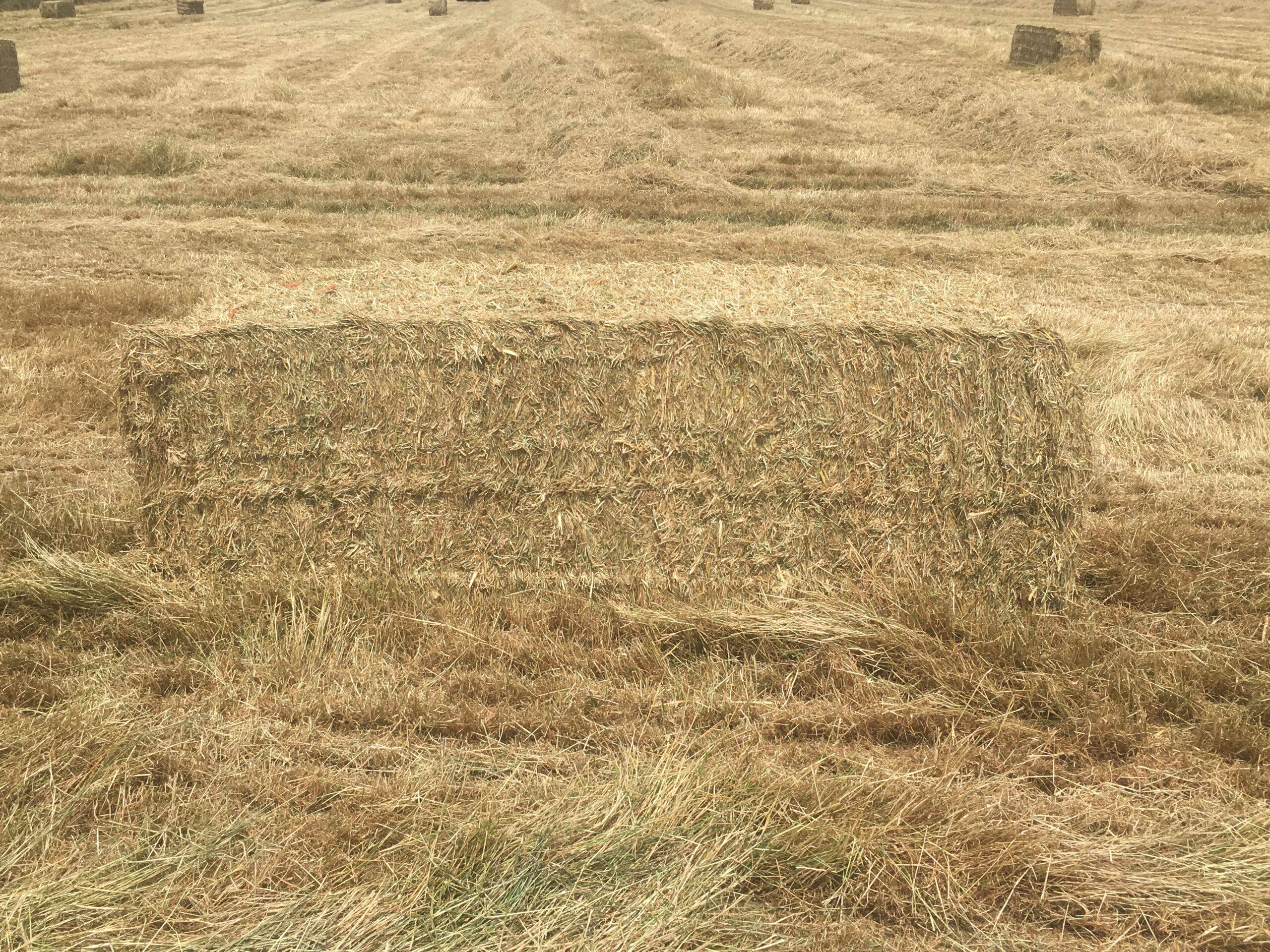
Reviews
There are no reviews yet.